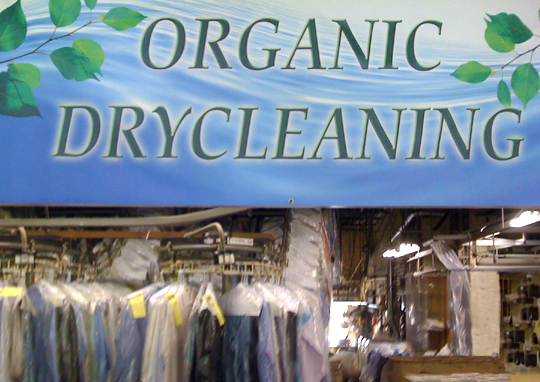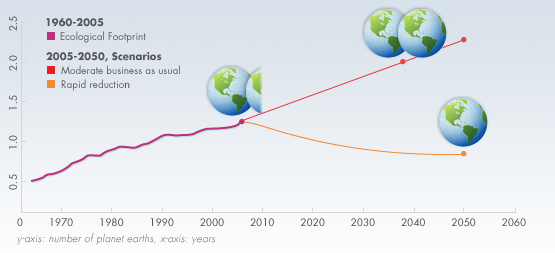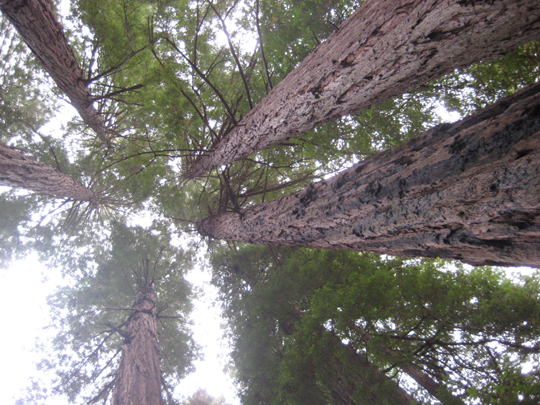4 Success Secrets of Going Green – #1 is Revealed!

On Friday, October 2, everyone on GOforChange’s email list will receive a link to a complimentary Special Report, "4 Success Secrets of Going Green." At GOforChange, we create leaders in the green movement by giving entrepreneurs and small business owners the freedom and confidence that comes from learning a green mindset. Together, we cultivate their expertise to increase profitability, satisfaction and success by going green. Today, we reveal the first success secret of going green:
#1. Green is not a "bolt-on" solution.
In your desire to go green, it’s natural to go for things, rather than making systemic changes. As you look for solutions to your problems, shortcuts are very appealing.
That’s why there is an explosion of eco-products out there: green cleaners, hemp clothing, solar panels. These are all great choices, but you can’t just buy your way to green. First, there isn’t enough money in the world for that! Second (and better) if you take the time to develop a green consciousness, you will begin to see much more effective solutions right in front of you.
Green-minded people look for connections, cooperate rather than compete, see abundance instead of scarcity, choose partnership over control, and celebrate interdependence.
You will start to see the solutions that have been there all along. The more connected you feel – to yourself, your networks, your community, the earth – the more ideas will come to you, effortlessly.
* * * * * * * * * * * * * * * * * * * * * * * * * * * * * * *
This is just the tip of the iceberg when it comes to cultivating your green leadership. Be sure to join our mailing list, if you haven’t yet — it’s the box right under the daisy on the upper right. You will receive our beautifully-illustrated, chock-full of tips, "GO Green Guide" as a thank-you. AND you’ll receive that special link to the full "4 Secrets of Green" report.





 View the dynamic, moving GOforChange: Greening Baltimore video
View the dynamic, moving GOforChange: Greening Baltimore video



